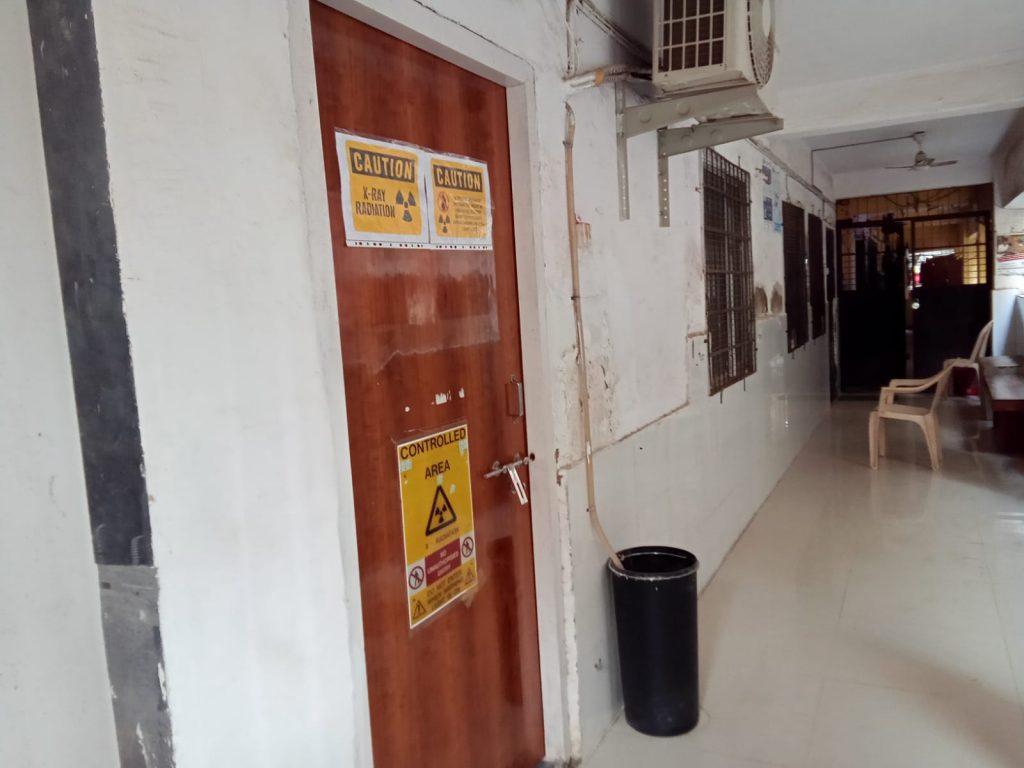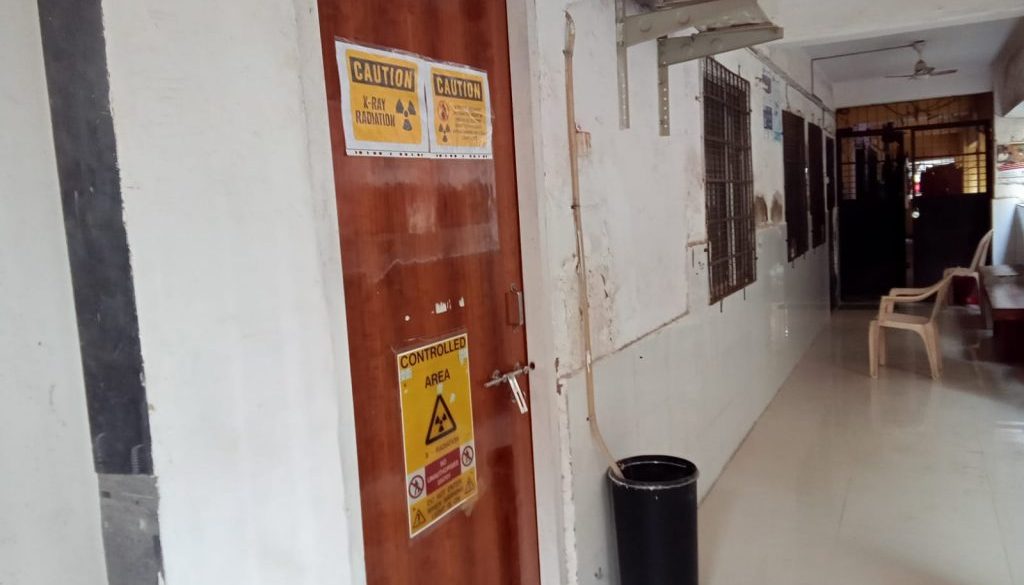Tuberculosis and community care: SPARC – Mahila Milan’s experience and plans for future
This blog, by SPARC staff, provides an update on their work on TB with relocation colony dwellers in Mumbai.
We first realised the challenge of TB at ARISE action sites, when we were distributing food support during COVID-19lockdowns. The connection of TB and poor nutrition was already known to us, since that was the first set of activities that sparcies’ took up in the 80s when we were a newly registered trust. ‘Sakina ki bimari’ (Sakina’s ill health) was one of the popular stories written by SPARC then, which talked about a Mahila Milan colleague named Sakina, and her avoidance of TB medications, in spite of receiving support from her fellow colleagues. Sakina’s and many other stories documented then, pointed to one common thread – that community support can make substantial contributions to people’s ability to follow the treatment regimen religiously as well as helping in developing feelings of well-being and support that assists in the recovery process.

Coming full circle from working on TB in the 1980s and again into 2020-23, the process of developing community-led support to addressing challenges of those with TB, particularly those with other comorbidities that make recovery from TB difficult, still remains important and with an increasing TB burden.
When SPARC and the Mahila Milan began working with families including people with Tuberculosis, the sole purpose was to identify if the families needed nutritional assistance over and beyond what the state provided. And the process would involve constant interaction with the family, throughout the period of treatment where they would be supported with the nutritional assistance. The interactions would prove instrumental in understanding the multitude of challenges that the families face, much of which is poorly understood when looked at the issue in a clinical sense. This blog reflects on the many challenges that the persons with Tuberculosis face, and what the role of organized communities is.
Disclaimer:
Between 2021 and 2023, the Mahila Milan and SPARC engaged with about 40 people with TB and their families to understand about their lives. Detailed case studies were drawn up with interviews with family members and adult patients with their oral consent. In this blog we will only share our general reflections from the experience and will not be bringing up any individual case.
Common patterns and detection:
Across all the families that the Mahila Milan interacted with, more than 75% of people with TB showed similar symptoms – fever, feeling of weakness, poor appetite and nausea. Increasingly, people, are developing lumps in the neck which is linked to lymphatic TB. In a few cases, TB of the spine and of the bones was also found. However, essentially all presented similar symptoms. Speaking to the families on understanding how it all started pointed to long stories of multiple clinical actions before the actual detection and several phases of diagnostics before the symptoms were confirmed to be of TB. In most cases, there seemed to be a significant period of 6-12 months between symptoms onset and start of actual treatment for TB.
These findings helped Mahila Milan understand two things. Firstly, the symptoms seem to be commonly showing across cases. Also, these cases seemed to concentrate within a few buildings within the relocation colony, which is possible due to high density. Secondly, the detection pattern also tells a story about poor screening by health officials, considering that the locality should have already been considered a hotspot and people there susceptible to TB. For example, at one site, a single building with 84 units had over 50 multi-drug resistant TB patients. Why weren’t common symptoms reported to medical practitioner quickly suspected of TB, considering the already known high concentration of TB patients in these hotspot localities?
Medication, treatment and ‘side effects’:
It is commonly known that TB medications, which are generally high doses of antibiotics, present a host of challenges in those consuming them. Nausea, acid reflux, and poor appetite are common. However some community members linked other health conditions to the medications. For example, one patient felt her diabetes surfaced due to TB medications, another’s mother felt her son’s difficulties with urination were due to the medications and advised stopping medicines without proper clinical consultation. Almost every single family said that being able to afford to eat well was difficult.
These findings help understand two other issues. One, when a family is already unable to afford the daily nutrient requirement, it is unlikely to be able to meet the primary needs of good nutrition which is essential for improving the immunity and faster recovery. When appetite is also compromised due to high dosage of antibiotics, and the patient feeling nauseous at most times, caring to offer palatable yet nutritious meals becomes important. But the unaffordability of nutrition in general severely challenges the ability of the caretaker in the family to take extra care of the ailing patient. Two, there seems to be poor communication around treatment and what to expect once medication starts. Everyone agrees that, as a textbook method, medicines shouldn’t be stopped because of the risk of poor recovery, relapse and higher drug resistance. However, the discomfort felt by patients can be debilitating and in the absence of good counselling, patients are bound to make their own judgement and discontinue medications. The situation becomes even more acute with people who have other comorbidities such as Diabetes, High Blood Pressure or HIV infection.
Stigma – care and counselling:
The challenging issue of TB-related stigma is well known. It gets compounded when the TB patients are also living with HIV. Most families with a TB patient, remained discreet and kept it to themselves, they avoided interacting with neighbours fearing stigmatizing behavior. Families also avoided letting their children play with neighbours due to the same fear. Most of them preempted difficult stigmatizing encounters by avoiding interaction. In some cases, families felt they would rather not have the person with TB living with them, particularly when the patient was a woman. The Mahila Milan realized that the seemingly insurmountable task of reducing stigmatizing behavior from family and neighbours was also of importance to care.
What next:
What we have shared in the blog is only a small portion of the work experience that the group has had as a consequence of engaging with people with TB and their families. Their stories, their lives offer many avenues to continue working on and producing health outcomes in these localities which are infamously, the ‘hotspots’ of TB in Mumbai.
Firstly, there needs to be regular screening of all residents for symptoms and on-site basic sample collection for TB strain detection. This is a standard procedure, but the families’ experience shows the process is currently very patchy. Organized community action, that demands regular screening and proper follow up of people showing symptoms, is imperative to arrest growing caseloads in the ’hotspot’ areas.
Secondly, availability of information around TB, its treatment, what to expect as effects of medication, watching out for comorbidities and availability of adequate clinical counselling for the patients when they are negatively affected once put on the therapy schedule, are imperative to ensure patients do not prematurely drop out of therapy thereby worsening their condition and presenting higher resistant varieties of TB. This can only be ensured if there is organized community action that has both, good basic knowledge of the subject, is able to evaluate the effectiveness and availability of information and counselling and is able to seek remedial action with the authorities when such systems are compromised.
Thirdly, widespread awareness around TB is missing, even in areas that are considered TB ‘hotspots’, in the absence of which the stigma around the disease is only bound to increase. One of the basics of counselling is, that it’s not just the patient that needs counselling, but also people around the patient who need counselling to understand the patient’s condition and know what their duties are in a supporting role. The same applies to stigmatizing illnesses such as TB and HIV. The near absence of it is clearly visible in the families becoming socially more discreet.
Fourthly, TB among the poor, has the potential of further increasing their poverty as there is loss of wages due to ill health and stigma that prevents them from freely accessing public spaces and facilities. Additional health burdens on both patient and other family members makes them more susceptible to contracting TB as well as slowing down recovery and presenting risk of other clinical challenges due to other comorbidities. Impoverishment can severely restrict the ability of the family to break the poverty cycle and instead extend poverty into generations. Seeking support to intersectional issues that patients and their families face can be instrumental in quick recovery. Such an action is long term and requires trusted local groups within the community to shoulder the responsibility of assessing these intersecting challenges and seek support systems to remediate them.
Our hope at the Alliance of SPARC and Mahila Milan is to use this learning to explore actions that local groups can own and work with the authorities to address the ever-growing challenge of TB, particularly among families whose intersecting challenges inhibit their recovery.
